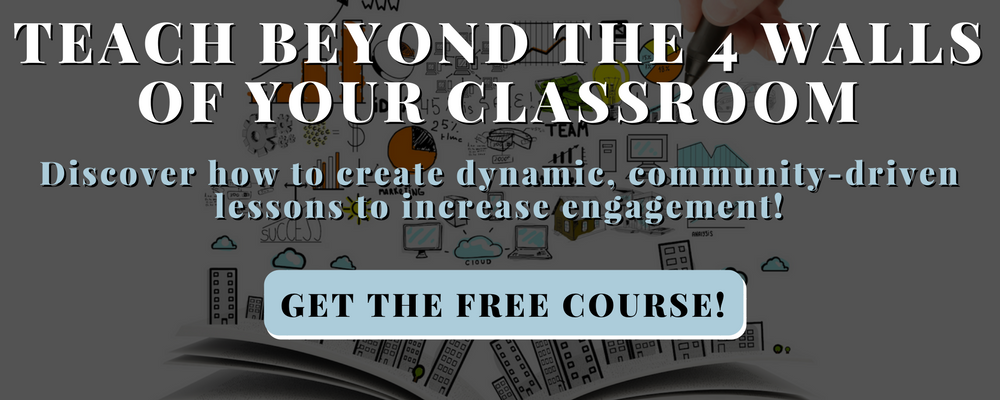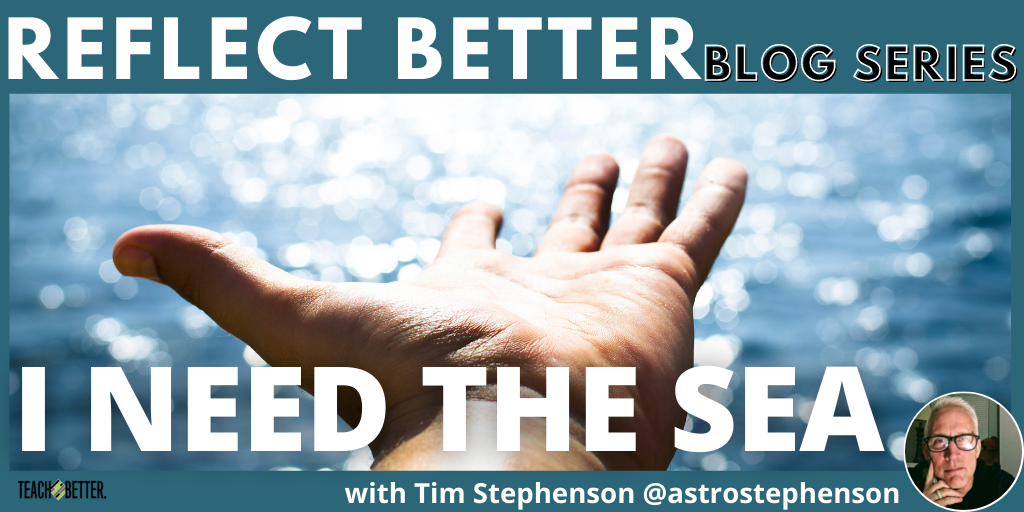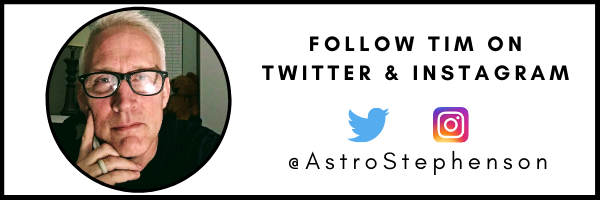TL;DR:
- Learn more about the West Coast Trail in British Columbia, Canada.
- There is a lot you can learn about the wildlife in this area, like black bears, just by asking.
- Learn from nature and experiences, reading and watching videos, and from asking an expert.
- Having experiences and being a student yourself allows you to be the teacher you need to be.
I have a T-shirt with a great quote written on it. The words were penned by Nobel Prize-winning poet Pablo Neruda (the one with the rather “colourful” political views!), and are part of a larger piece:
I need the sea, because it teaches me.
This phrase is particularly meaningful to me as I have just come off a 75 km trek along the West Coast Trail (WCT) on the coast of Vancouver Island. If you’re an outdoorsy type, I encourage you to take the time and search this trail on YouTube. Watch one of the many travel features made on this world class destination. I encourage you to make a plan to hike it as well. However, I digress.
Be a Student Yourself: Diving in to Learn More About Wildlife on Vancouver Island
An issue that was of concern to me prior to heading out was the fact that Vancouver Island is home to the greatest population density in North America of black bears, cougars, and wolves. I was not interested in coming around a bend only to stand face to face with one of these creatures. Being a guest in their home, I wasn’t too sure how welcoming they would be!
I need the experiences that allow me to learn. As I allow myself to be the student, I can then return to the classroom as the teacher I need to be. Click To Tweet
At about the midpoint of the trail, I met up with a ranger from Parks Canada. He was in camp to monitor the behaviour of a particular black bear. It had been getting more and more comfortable with the people on the beach. This young male was in the habit of descending from the mountains inland. He went to the beach where he would forage for seaweed and crustaceans. The ranger was there to make him feel a little less comfortable wandering between the tents. As usual with wildlife, the more comfortable they feel around people, the shorter their life becomes. That’s just our way as humans, which is really too bad.
I took the opportunity to talk with the ranger. I asked a few questions about how to deal with these apex animals. As you can imagine, most of my fears came from a lack of knowledge and understanding. This was a perfect time to learn from an expert. The ranger told me all sorts of things about black bear behaviour. (They really don’t see me as prey!) I learned how I should behave if I come across one on the trail (limited eye contact and lots of space). And how they are usually just as uncomfortable with my presence as I am with theirs.
An hour long conversation with an expert left me actually wanting to come across a bear! My mindset completely changed once armed with knowledge.
Be a Student Yourself: Three Ways to Learn
Did you notice that already in this blog, I’ve mentioned three ways you and I can learn? My T-shirt alludes to learning from nature and experiences. I mentioned that you could learn about the WCT from watching YouTube videos (have you looked one up yet?). Then I detailed an experience of learning from an expert through conversation. None of these happened in a school, there was no worksheet or test, yet the learning from all three have already impacted me.
You see, I was excited and engaged with the learning that took place as I prepped for and then walked the trail. I won’t forget what I learned while out there and if I don’t do it again next year, there will be no learning loss, of that I am certain! And then I think of my classroom. Am I going to be the teacher that knows how learning is best done when tied to emotion and story and experience, only to develop a series of lessons devoid of these?
I know I can’t take my class out there, but I can show them videos and share pictures I took, then engage them with lessons I learned.
I experienced a land filled with history. (Read about the sinking of the Valencia which lead to the trail being built for rescue.) The trail already had been roughed in for early logging of the ancient rainforest. This leads to a lesson on sustainability and resource management, the effect on biodiversity, and the health of our planet. Also, it was used for maintenance of a communications line used to keep in touch up and down the coast.
Of course, the land had been inhabited for centuries by the Pacheedaht, Dididaht, and Nitinaht people long before European settlers arrived, so there are lessons I learned firsthand about these people and their traditional ways. Then as already mentioned, the biodiversity of the flora and fauna, the wildlife in the forest and in the sea, all came to life for me which encourages me to teach my classes about the interconnectedness that hangs in the balance of human behaviour.

Be a Student Yourself
All of these find a place in the standard curriculum. Please notice…in order to be effective in my classroom, I had to first and foremost be a student myself.
Allow me to quote from my recently published book, Beyond the Classroom:
“If I plan to have my students take deep, rich dives into the content that I’ve created for them, then I first must be sure that my pool of knowledge and experiences, of pleasures and pains, of encounters with excellence are all of great depth. Otherwise, we’ll dive in and hit bottom quickly. You dig that deep pool by listening and remembering, watching and observing, doing and trying, and reaching and striving for more than you thought you could.”
I need the sea because it teaches me. I need the forest and the bear and the whale. Also, I need the experiences that allow me to learn. As I allow myself to be the student, I can then return to the classroom as the teacher I need to be.
About Tim Stephenson
Tim has been teaching in Langley, British Columbia for over 25 years. He’s a science teacher, particularly astronomy, which is a course he has developed into a full credit senior science course. In his school, he is known as AstroStephenson. Way back at the beginning of his teaching career, he wrote a book, really to himself, that contained his teaching philosophy. It was a project that would define his career. He is a possibility thinker, a dreamer and a doer, an innovator. From the very beginning, he knew that he wanted to teach by putting students and relationships ahead of content, and putting experiences and emotions ahead of curriculum. The result has been a long career of rich and rewarding experiences for both himself and his students, the pinnacle being in 2018 when he was the recipient of the Prime Minister’s Award for Teaching Excellence.
Now Tim would like to share with you his thoughts and experiences on teaching with the hope that by reflecting better, you will feel empowered to try new things, teach in new ways and see the possibilities that are there for all of us in the teaching profession.



